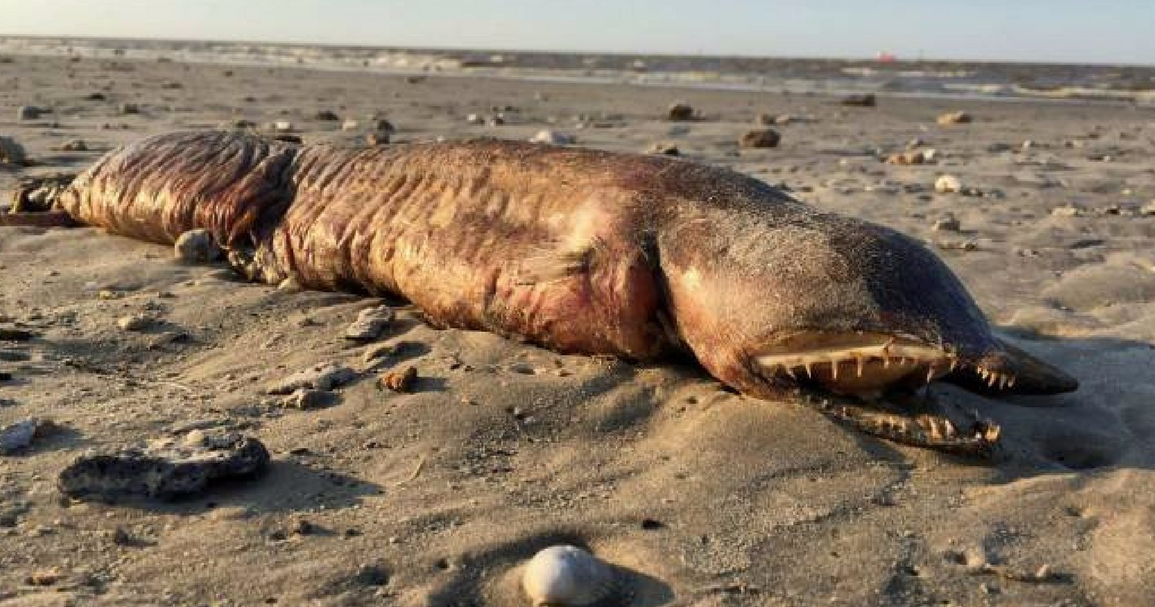It's no secret that there are tons of species living in the depths of the ocean that we have never seen before. So when one makes an appearance on shore, out of it's natural habitat, it's enough to turn some heads.
With powerful winds and waves brought on by Hurricane Harvey, Texas had a creature washed up on shore that we don't quite know what to make of it.
A rarely seen sea creature was found dead on a Texas beach after the days of rain from the hurricane finally subsided.
Science communicator Preetie Desai works with the National Audubon Society and was in the area to document the effect on bird species' habitats when she discovered the creature.
She posted her findings on Twitter to get a better understand about what she found.
"Okay, biology twitter, what the heck is this?? Found on a beach in Texas City, TX," she wrote.
Okay, biology twitter, what the heck is this?? Found on a beach in Texas City, TX. #wildlifeid pic.twitter.com/9IUuuL65qh
— Preeti Desai🌿 (@preetalina) September 6, 2017
After seeing it from afar she originally mistook it from a sea lamprey, but a closer look changed her mind.
"It was just so unexpected," she says. "When I saw the mouth I thought no way was it a lamprey. It looked like something that came from deeper waters. So I took a couple photos and put it out into the Twitterverse, figuring it would deliver. And it did!"
The guesses started pouring in but nothing quite fit the bill right away.
"My main reaction was curiosity, to figure out what the heck it was," Desai added.
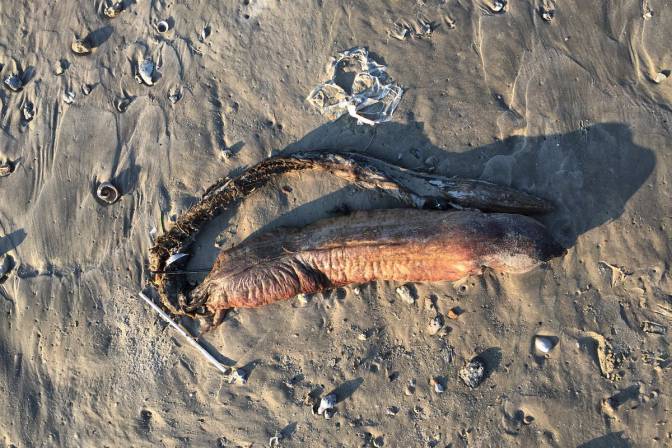
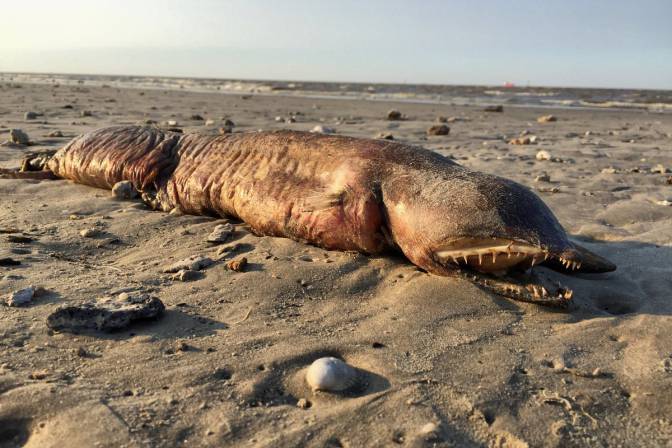
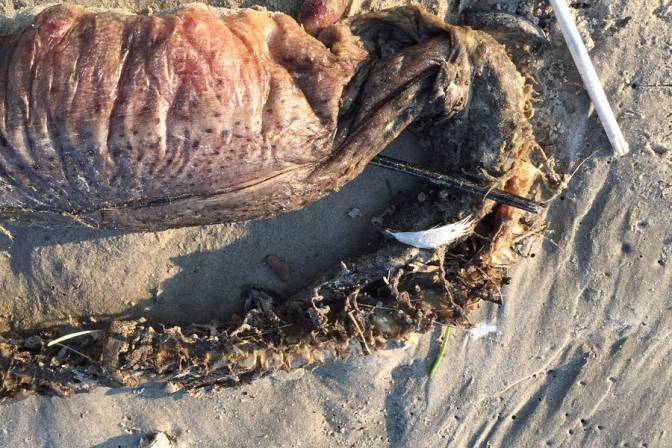
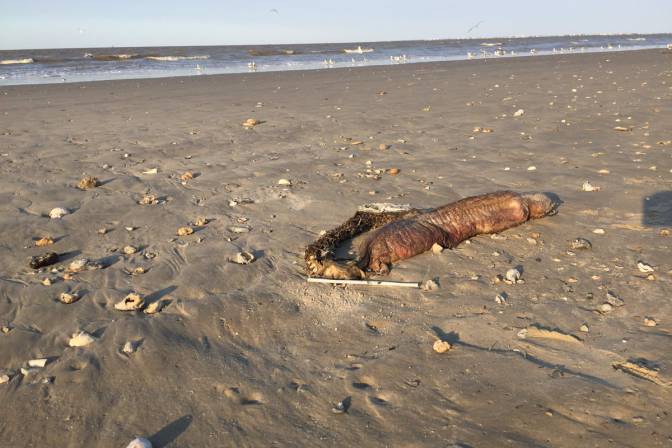
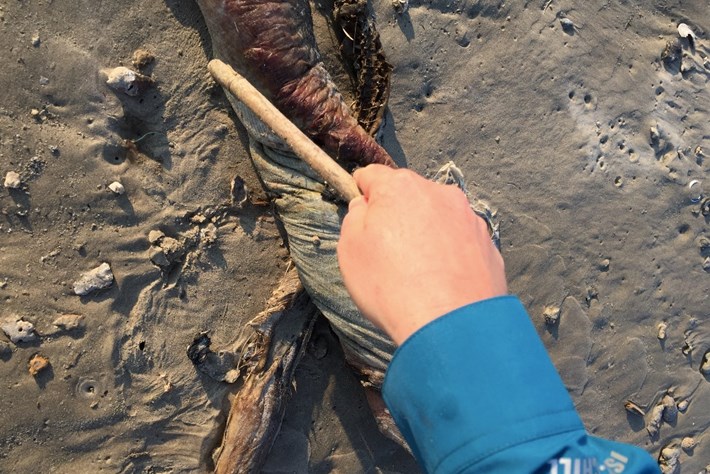
Since experts have weighed in on the mysterious animal and it seems like the toothy creature is an eel in the family known as snake-eels.
"I follow a lot of scientists and researchers. There's such a great community of these folks that are very helpful, especially when it comes to answering questions about the world or identifying animals and plants," she said.
Eel specialist Dr. Kenneth Tighe, a biologist with the Smithsonian National Museum of Natural History suspects that its a fangtooth snake-eel, or "tusky" eel.
Fangtooth snake-eels tend to live in waters between 30 and 90 meters deep and spend most of their time hidden away in burrows.
With the weather south of Texas, rough winds and strong currents likely swooped up this animal and played a part in its demise. These eels do occasionally venture into shallow waters, but it's not common.
Source: Earth Touch News / Global News / BBC
